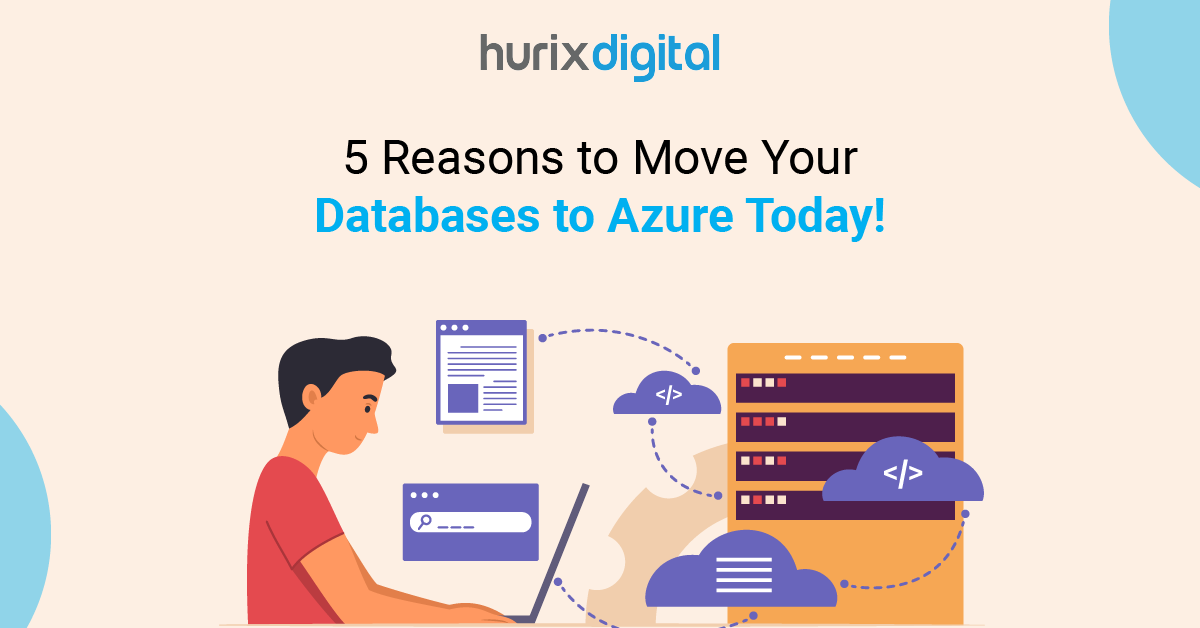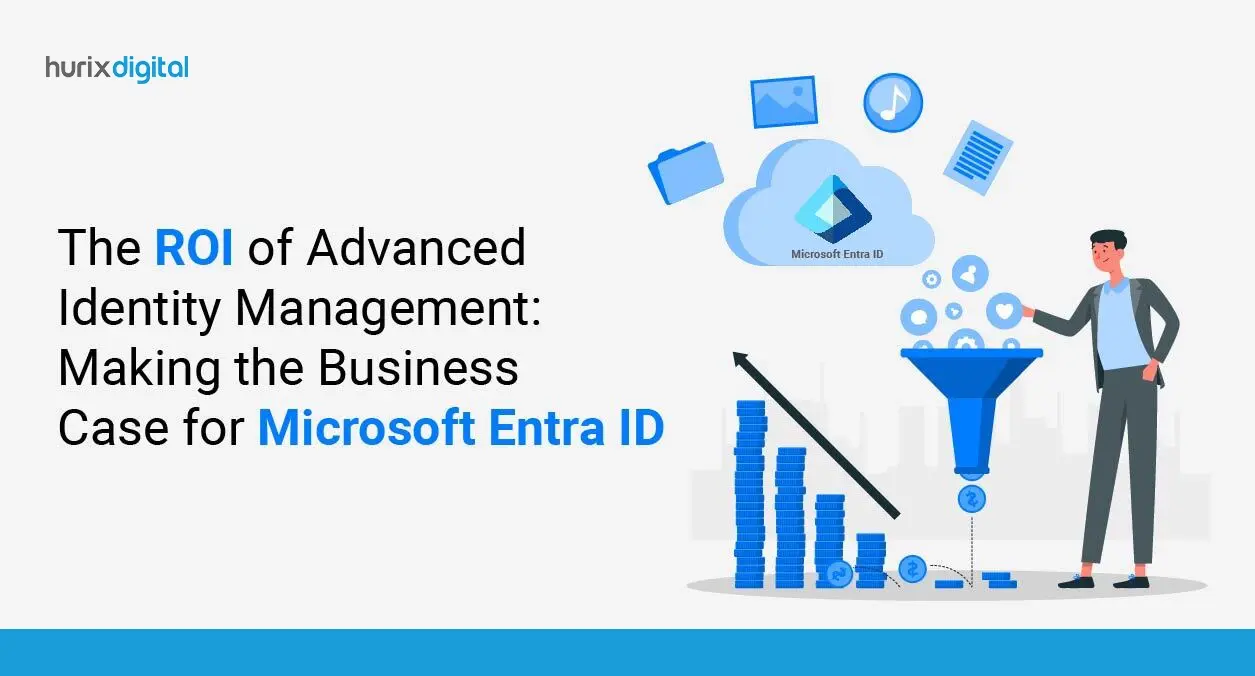
How Cloud-Managed Services Ensure Regulatory Compliance with Data Sovereignty?
Summary
The article explores using cloud-managed services for compliance with data sovereignty laws, emphasizing cloud selection, security, audits, and disaster recovery strategies.
In the fast-paced digital world, cloud-managed services are an integral solution for organizations. Data sovereignty is a growing concern because enterprises move most of their data to the cloud, which is subject to the laws of the country in which it is stored.
Organizations are now facing a far more complicated regulatory environment. A study reports over 137 countries with related data protection and sovereignty legislation; this means organizations have to be far more careful about compliance and data security.
Let us discuss in detail how companies can leverage cloud-managed services to ensure regulatory compliance with different regional regulations.
Table of Contents:
- Increased Relevance of Data Sovereignty over Cloud Services
- Challenges of Data Sovereignty in Cloud Computing
- Strategies for Managing Data Sovereignty in Cloud Services
- Best Practices to Ensure Data Sovereignty
- Conclusion
Increased Relevance of Data Sovereignty over Cloud Services
There are several critical ways through which data sovereignty affects businesses. Failure to observe local legislation attracts heavy fines and penalties. In a world where clients’ data concerns are rising, companies that comply with strict data sovereignty legislation showcase a level of client trust.
Moreover, keeping data within protected local legislation is safer in terms of data breaches and general cloud security measures as well.
1. Data Sovereignty, Localization, and Residency
Let us understand these three concepts:
- Data sovereignty is defined as data being stored in one country or the other. For instance, data kept within the borders of the EU must conform with GDPR compliance.
- Data localization is a policy that requires the storage of data within a country’s borders. For instance, Russia’s Federal Law 242-FZ simply requires that the personal data of Russian citizens should be stored in Russia.
- Data residency is a business decision to store data in a particular location. Once stored, that data will then be subject to data sovereignty rules according to the specific region.
2. Key Data Regulations to Remember
- General Data Protection Regulation Europe: GDPR is one of the strictest regulations in the world. The personal data of EU citizens shall not be transferred to countries that do not have sufficient levels of protection. Fines for non-compliance could be up to 4% of global turnover or €20 million, whichever is higher.
- California Consumer Privacy Act USA: It provides its California residents with control over the data collection, use, and selling process. Violations can even be as high as $7,500 per incident.
- Personal Data Protection Act Singapore: The PDPA controls how personal data collected and used by bodies and corporations in Singapore should be handled.
Also Read: Developing an IT Infrastructure for the Future with Cloud Services
Challenges of Data Sovereignty in Cloud Computing
Some of the major challenges related to data sovereignty and cloud environments are:
1. Different Data Sovereignty Laws
Cloud providers store data mostly in various countries for higher performance as well as redundancy. In that process, the same data ends up under the purview of several laws. Those can sometimes clash with each other.
2. Legal and Compliance Issues
Different countries offer very expensive and intricate costs to maintain regulatory compliance. Corporations must respect the data protection regulations of other countries where their data is being stored or processed, which might be much more vulnerable to legal challenges, such as ownership or access rights.
3. Operating Challenges for Multinationals
Many countries require data collected within their borders to be stored and processed locally, limiting the applications of global cloud services and forcing operational costs to go higher. Businesses have to ensure a lawful transfer of data between different jurisdictions and providers.
4. Data Security and Privacy Problems
Data storage across borders has the potential for breaches that occur through differing levels of security and protocols between jurisdictions. Therefore, proper DLP strategies and cloud security protocols must be developed to eliminate such risks.
Strategies for Managing Data Sovereignty in Cloud Services
Data sovereignty challenges are significant but can be managed effectively using the following strategies:
1. Selection of Appropriate Cloud-Managed Services
Choosing relevant cloud services provides data residency and sovereignty, which secures regulatory compliance. Major players let organizations choose by selecting one or more data centers to conform to regional regulatory requirements. Make sure your provider can offer the following:
- Transparency regarding the location of where the data will be stored and processed.
- International and regional compliance standards should include data protection in regions such as GDPR, ISO 27001, and SOC 2.
2. Implementing Strong Data Loss Prevention Measures
DLP tools can curb unauthorized access and breaches of data in stores spread across regions. Data Loss Prevention policies should be specific to the regulations of the countries where such stores are made so that regional security requirements are met as well. Ensuring DLP measures helps prevent accidental violations of data sovereignty laws.
3. Regular Audits and Compliance Checks
Auditing cloud computing environments is an ongoing process for businesses to ensure that every obligation is still by the laws of any local region where they operate. Review of SLAs, cloud provider contracts, and internal security should be aligned with demands on the sovereignty of data for such purposes.
4. Disaster Recovery Plans with RTO and RPO Compliance
Maintaining compliance demands making sure your Disaster Recovery Plan (DRP) adheres to the local data sovereignty requirements. A DRP must cover a concise Recovery Time Objective (RTO) and Recovery Point Objective (RPO) so that data can be recovered both fast and accurately in addition to complying with regional laws.
5. Maintaining Security at Cloud-Based Networks
This includes the encryption of data in both resting and motion states, having robust access controls in place, and continually monitoring cloud computing environments for present and future threats. At high-security standards, organizations can be in control over local data protection laws and ensure that no breaches occur that may lead to regulatory penalties.
Best Practices to Ensure Data Sovereignty
Failure to comply with data sovereignty laws can lead to fines and penalties, business disruption, and damage to reputation. Listed below are a few of the key strategies applying to most organizations:
1. Know Where Your Data Resides
Data sovereignty is first achieved through knowledge of how and where your data is physically stored, processed, and transmitted. This knowledge can be matched against the appropriate regional laws under which your operations are conducted to know if those are already complied with and to what extent there might be risks associated.
2. Data Localization
Data localization involves housing data inside the country where it is sourced, thereby aligning it with the laws at the local level. It might make compliance easier, but it reduces the complexity a firm experiences when crossing borders with its data.
3. Protect Private Data
Such data that contains healthcare, educational, and finance information requires double layers of protection to abide by guidelines both on the legal and ethical front. Data encryption for data rest and in motion ensures that even if such data moves out of the country, no unauthorized people gain access to such data.
4. Choose Your Cloud Services Well
When relying on third-party cloud services, companies will have to make sure that providers adhere to regional data regulations. Because of this reason, organizations must ascertain that their providers offer the right controls to store data within regions.
5. Geofencing for Data Storage
Geofencing limits how far data can travel, making sure it stays within acceptable areas under the regulatory standards. In this way, organizations also prevent the wrong conclusion that violating cross-border transfer requirements is done by laws.
6. Engagement with Legal and Compliance Teams
Legal and compliance teams should be engaged from both within and outside of the organization to not lose the mandates of continuous compliance. This would entail maintaining regular audits of contracts with cloud providers, in addition to interpretation of arising laws that vary by region for where data is stored or processed.
7. Establish Data Protection Arrangements with Third-Party Cloud Managed Service Providers
When outsourcing cloud-managed services, legally binding DPAs should be established. In these, each party outlines roles and responsibilities over data protection matters. A DPA should clearly outline data processing boundaries, compliance responsibilities, and breach notification policies.
Also Read: 12 Emerging Trends in Cloud Managed Services: Predictions for 2025
Conclusion
In today’s digitized world, managing data across borders while complying with data sovereignty laws is complex and essential. The increased level of data privacy regulations urges organizations to protect their data and take full advantage of cloud-managed services.
The right cloud services will help you ensure compliance with several measures, such as robust cloud security, data loss prevention strategies, and effective disaster recovery plans that incorporate Recovery Time Objective (RTO) and Recovery Point Objective (RPO).
Best practices will help organizations maximize cloud-managed services, stay compliant, and operate more efficiently across regions.
Hurix Digital is available to discuss how its solutions can make your business soar in the cloud. Contact our professionals today to ensure cloud success and data sovereignty compliance.

Vice President and Strategic Business Unit Head – Cloud Services
A top technology management voice on LinkedIn with 20 Years of experience in Information Technology, Cloud Services, Digital Transformation, Application Modernisation, Managed Services, IT Security Engineering and Operations Management. An avid technology Leader, Leadership Speaker, Author & Coach.







